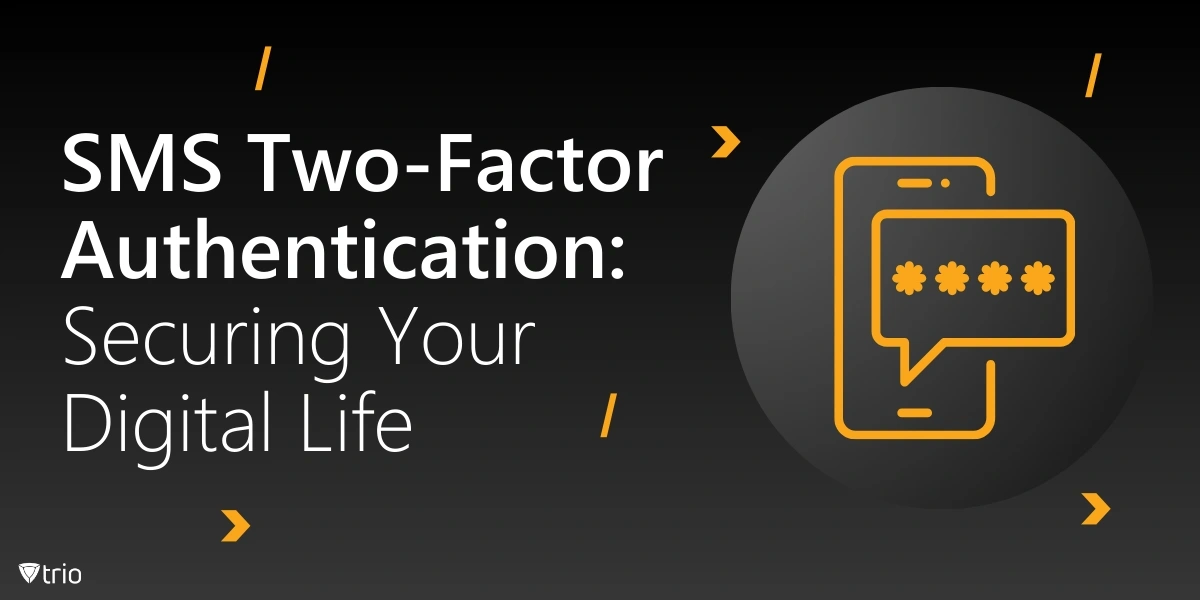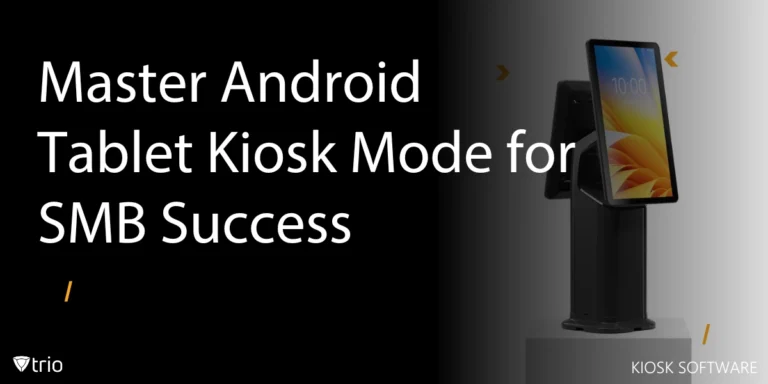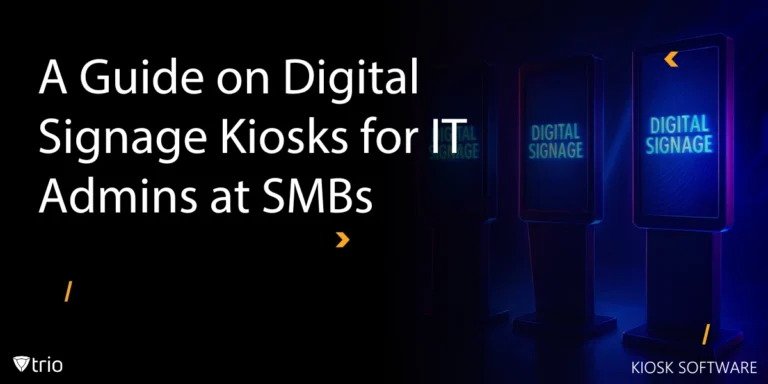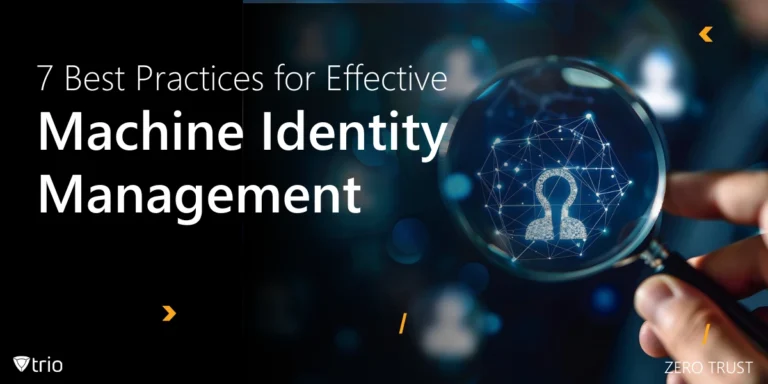In today’s digital landscape, where cyber threats are growing more sophisticated, securing access to online accounts and sensitive information is more critical than ever. SMS Two-Factor Authentication (2FA) has become a popular and effective method for adding an extra layer of security to user authentication processes. By requiring both a password and a one-time code sent via SMS, this method ensures that even if a password is compromised, unauthorized access can still be prevented.
SMS 2FA is not just about enhancing security; it’s also about improving user trust and compliance with industry regulations. Many businesses, from e-commerce platforms to financial institutions, rely on SMS-based 2FA to safeguard user data and meet privacy standards. While it is not without its challenges, such as the risk of SIM swapping, its convenience and wide accessibility make it a viable solution for organizations and users alike.
What is SMS Two-Factor Authentication?
SMS Two-Factor Authentication (2FA) is a security mechanism that provides an additional layer of protection for online accounts and digital platforms. It works by requiring users to verify their identity using two different factors: something they know, such as a password, and something they have, such as a one-time code sent to their mobile phone via SMS. This combination makes it significantly harder for unauthorized individuals to gain access, even if they have stolen the user’s password.
The simplicity and accessibility of SMS 2FA make it one of the most widely adopted security measures globally. Unlike more complex authentication methods, SMS codes are easy to use and require no special hardware or advanced technical knowledge. Most users only need a mobile phone capable of receiving text messages, making it a practical option for individuals and businesses alike.
Despite its ease of use, SMS 2FA is not without its critics. Some argue that it is vulnerable to interception techniques like SIM swapping or phishing attacks. However, for many users and organizations, it represents a meaningful improvement over single-factor authentication, which relies solely on passwords. The extra step can deter attackers and protect sensitive information from being compromised. For enhanced security, many users prefer an SMS two-factor authentication app that sends a verification code directly to their mobile devices.
Given the rise in cyberattacks and data breaches, implementing SMS 2FA has become an essential best practice for safeguarding online activities. Many platforms, including social media, banking, and e-commerce sites, now offer or even mandate the use of this security feature. Its growing adoption underscores the importance of reinforcing password-based systems with more robust protective measures.
How Does SMS Two-Factor Authentication Work?
The process of using SMS 2FA is straightforward and typically involves a few key steps. First, users log in to their account with their username and password. Once the system verifies the credentials, it generates a unique, time-sensitive code and sends it to the user’s registered mobile number via SMS. To complete the login process, the user enters the code sent to their SMS authentication number linked to the account.
The time-sensitive nature of the code is a critical feature. Most SMS codes expire within a few minutes, reducing the window of opportunity for attackers to intercept and misuse them. This ephemeral quality adds an extra layer of security, ensuring that even if an attacker gains access to the code, they must act almost immediately to exploit it.
SMS 2FA systems often include safeguards to prevent unauthorized access even if a user’s phone is lost or stolen. Many services allow users to set up backup authentication methods, such as email verification or recovery codes. These options ensure users can regain access to their accounts without compromising security.
To further enhance security, some platforms also monitor the context of login attempts, such as location and device type. If the system detects unusual activity, such as a login attempt from an unrecognized device, it may trigger additional verification steps or block access altogether. These measures work in tandem with SMS 2FA to create a robust security framework.
Advantages of SMS Two-Factor Authentication
One of the primary advantages of SMS 2FA is its universal accessibility. Unlike other authentication methods that may require specialized hardware, such as biometric scanners or security tokens, SMS 2FA only requires a mobile phone. This makes it a cost-effective solution for individuals and organizations seeking to enhance their security without significant investment.
Another benefit is the ease of implementation and use. Many online platforms offer step-by-step guides to enable SMS 2FA, ensuring that users can set it up quickly and with minimal effort. Once activated, the process of receiving and entering a code is intuitive, requiring no advanced technical knowledge.
SMS 2FA also adds a significant layer of security over single-factor authentication. Even if a password is compromised through phishing, data breaches, or other means, attackers cannot access an account without the one-time code sent to the user’s phone. This additional requirement acts as a deterrent to cybercriminals, who often seek easier targets.
For businesses, SMS 2FA demonstrates a commitment to protecting customer data and adhering to industry best practices. By implementing this security measure, companies can reduce the risk of data breaches and build trust with their users. Additionally, regulatory frameworks like GDPR and CCPA often encourage or require robust security measures, making SMS 2FA a valuable compliance tool.
SMS Two-Factor Authentication Vulnerabilities
While SMS 2FA offers significant benefits, it is not without its limitations and vulnerabilities. One of the most notable risks is SIM swapping, a technique where attackers impersonate the victim to convince the mobile carrier to transfer the victim’s phone number to a new SIM card. Once successful, the attacker can intercept SMS codes and gain unauthorized access to the victim’s accounts.
Phishing attacks also pose a threat to SMS 2FA. Cybercriminals may create fake login pages designed to trick users into entering their credentials and SMS codes. Although this requires additional effort on the attacker’s part, it underscores the importance of user education and awareness.
Another limitation is the reliance on mobile network coverage. Users in areas with poor signal strength may experience delays or fail to receive SMS codes altogether. This can be particularly problematic in urgent situations or for individuals traveling internationally, where roaming restrictions may apply.
Despite these challenges, SMS 2FA remains a valuable security measure for many users. By combining SMS 2FA with other practices, such as strong password policies and awareness campaigns, organizations can mitigate its vulnerabilities and enhance security throughout every sector. Users should also consider using advanced authentication methods, like app-based or hardware-based 2FA, for highly sensitive accounts.

Best Practices for Using SMS Two-Factor Authentication
To maximize the effectiveness of SMS 2FA, users and organizations should adopt best practices that address its limitations. One essential practice is enabling SMS 2FA on all critical accounts, such as email, banking, and social media platforms. This ensures an additional layer of security for the most sensitive information.
Users should also keep their mobile numbers updated across all platforms that use SMS 2FA. An outdated number can lock users out of their accounts, leading to frustrating recovery processes. Many services offer reminders to verify and update contact information regularly.
Organizations can enhance the security of SMS 2FA by educating users about common threats, such as phishing and SIM swapping. Awareness campaigns and training sessions can help users recognize and avoid these attacks, minimizing risks associated with SMS-based authentication.
Finally, businesses should consider implementing fallback authentication methods to account for potential SMS delivery issues. Options like email verification, app-based codes, or biometric authentication provide users with alternatives if they cannot receive SMS codes. These measures ensure a seamless and secure user experience.
How Does Mobile Device Management Work with SMS Two-Factor Authentication?
Here’s how Mobile Device Management or MDM integration works with SMS two-factor authentication.
1. Enhancing Security for Mobile Devices
Mobile Device Management (MDM) and SMS Two-Factor Authentication complement each other by bolstering the security framework for mobile devices. MDM provides IT administrators with tools to monitor, manage, and secure mobile devices across an organization, ensuring that only authorized devices can access corporate resources. When paired with SMS 2FA, MDM ensures that even if a device is lost or stolen, unauthorized users cannot bypass security measures. For example, SMS 2FA requires a one-time passcode sent to the registered mobile number, adding a crucial layer of authentication.
2. Device Enrollment and Authentication
MDM solutions simplify the integration of SMS 2FA by managing device enrollment processes. IT admins can ensure that only registered devices are authorized to receive 2FA codes. This is achieved by associating mobile numbers with specific devices during the onboarding process. MDM tools can also enforce security policies, such as requiring PINs or biometric authentication, before a device can receive SMS codes. This way, even if a malicious actor gains physical access to a device, additional barriers prevent unauthorized entry.
3. Real-Time Monitoring and Compliance
Another way MDM works with SMS 2FA is through real-time monitoring and compliance enforcement. MDM tools continuously track device activity, ensuring that all devices adhere to organizational security policies. For instance, if a device is jailbroken, rooted, or fails compliance checks, MDM can block it from receiving SMS 2FA codes. This reduces the risk of a compromised device being used to bypass authentication and access sensitive data.
4. Remote Management and Recovery
MDM’s remote management capabilities further enhance the effectiveness of SMS 2FA. If a mobile device is lost or stolen, IT admins can remotely wipe the device or disable access to corporate accounts. This ensures that even if someone attempts to use SMS 2FA for unauthorized access, the registered mobile number and device are protected. Moreover, MDM can facilitate recovery processes by helping users re-enroll their replacement devices and reconfigure SMS 2FA settings securely. Together, MDM and SMS 2FA create a robust defense against both physical and digital security threats.
Conclusion
SMS Two-Factor Authentication is a powerful yet accessible tool for enhancing online security. By requiring an additional verification step, it significantly reduces the likelihood of unauthorized access, protecting both individuals and organizations from cyber threats.
While it has limitations, such as susceptibility to SIM swapping and phishing, adopting best practices can mitigate these risks. By combining SMS 2FA with other security measures, users can create a robust defense against evolving cyberattacks.
Looking to secure your digital life or your business operations? Trio’s comprehensive authentication solutions provide the tools you need to safeguard your accounts and data effectively. Start your free trial today and experience the peace of mind that comes with top-tier security!
Get Ahead of the Curve
Every organization today needs a solution to automate time-consuming tasks and strengthen security.
Without the right tools, manual processes drain resources and leave gaps in protection. Trio MDM is designed to solve this problem, automating key tasks, boosting security, and ensuring compliance with ease.
Don't let inefficiencies hold you back. Learn how Trio MDM can revolutionize your IT operations or request a free trial today!





